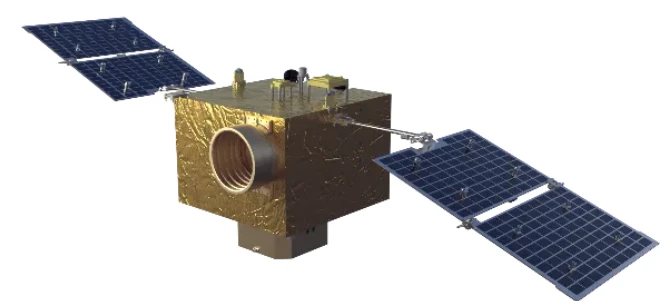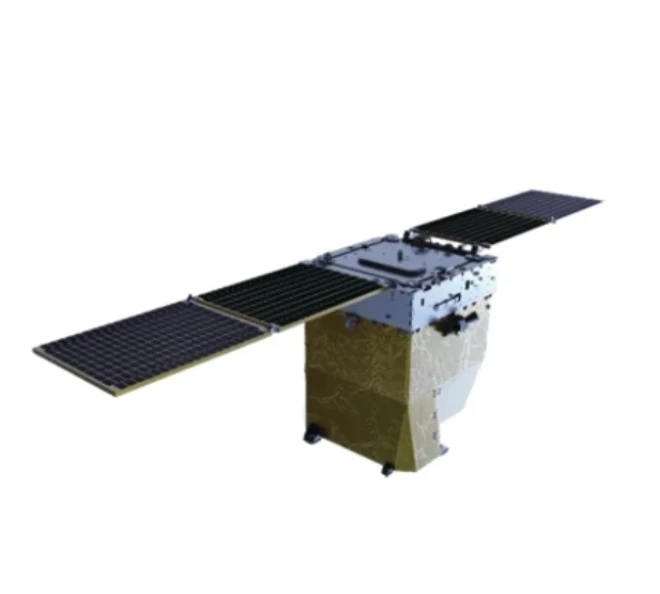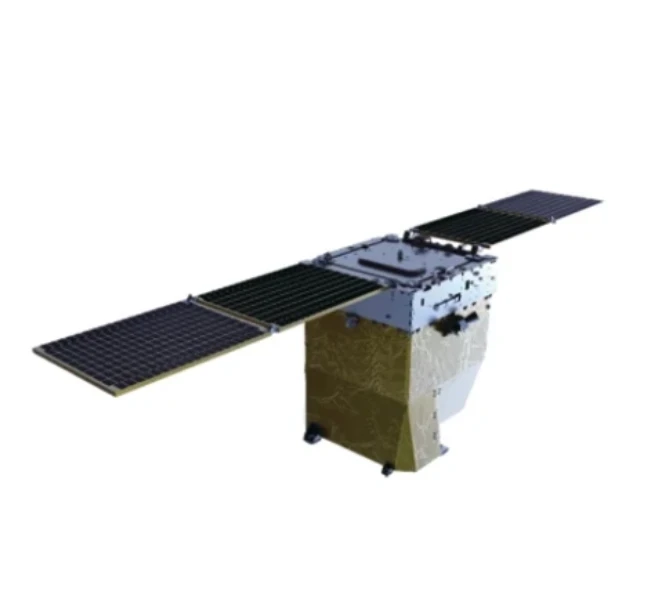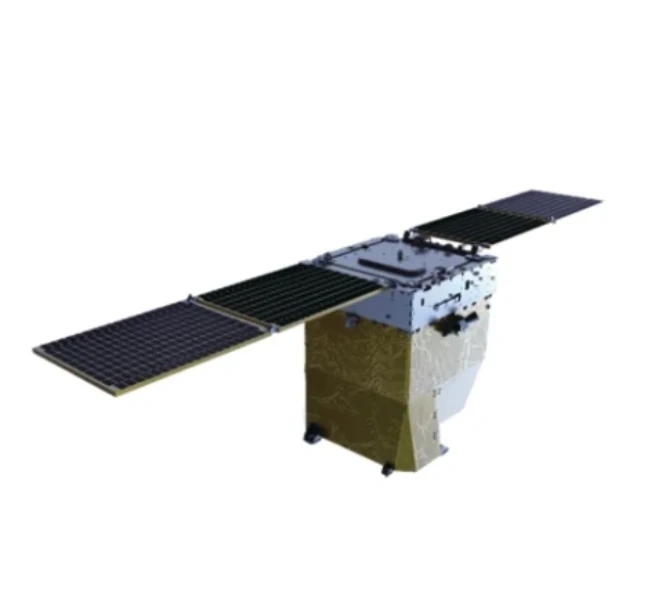
- افریقايي
- البانیایی
- امهاریک
- عربي
- ارمانیایی
- اذربایجاني
- باسک
- بلاروسي
- بنګالي
- بوسنیایی
- بلغاریه ایی
- کتالین
- سیبوانو
- چین
- کورسیکن
- کرواسین
- چکسلواکي
- دنمارکي
- الماني
- انګلیسي
- ایسپیرینټو
- ایستونین
- فنلینډي
- فرانسوي
- فریزیایي
- ګالیسي
- ګرجستاني
- جرمني
- یوناني
- ګجراتي
- هایتي کریول
- هوسا
- هوایی
- عبري
- نه
- میاو
- هنګري
- ایلینډیک
- ایګبو
- انډونیزین
- ایرلینډي
- ایټالیوي
- جاپاني
- جاوه ای
- کناډا
- قزاقي
- خمیر
- روانډا
- کوریایی
- کردي
- قرغیزي
- مزدوري
- لاتین
- لیتوین
- لیتوانیایی
- لوګزامبورګي
- مقدوني
- ملاګاسي
- مالایا
- ملایلم
- مالتیس
- ماوري
- مراټي
- مغولي
- میانمار
- نیپالي
- نارویژي
- نارویژي
- اوکسيټي
- پښتو
- فارسي
- پولیش
- پورتګالي
- پنجابي
- رومانیایی
- روسي
- سامواني
- سکاټلینډي ګیلیک
- صربي
- انګلیسي
- شونا
- سندي
- سينهاله
- سلواکي
- سلوانیایی
- سومالیایی
- هسپانیه ایی
- سنډانیز
- سواحلي
- سویډیش یا سویډني
- تګالوګ
- تاجک
- تامیل
- تاتار
- تولیګو
- تای
- ترکي
- ترکمني
- اوکرایني
- اردو
- اویغور
- ازبکي
- ویتنامي
- ولش
- مرسته
- یدیش
- یوروبا
- زولو
What is Satcom and How Satellite Networks Transform Communication
In today's interconnected world, seamless communication is vital for everything from business operations to personal connections. One of the most transformative technologies enabling this global communication is satellite communication, or Satcom. But what is Satcom exactly, and how do satellite networks play such an essential role in revolutionizing communication worldwide? In this blog, we will explore these questions and dive deep into the key elements of satellite communication, from satellite networks to VSAT systems.

What is Satcom?
Satcom, short for satellite communication, refers to the use of satellites to provide communication services, such as telephone, television, and internet connectivity. The term broadly encompasses all forms of communication that rely on satellite technology to relay data across vast distances. Satellite communication systems rely on satellites in geostationary or low Earth orbit to send and receive signals, allowing users to stay connected globally, even in remote or underserved areas.
The role of Satcom has expanded significantly over the past few decades. It now facilitates not just voice and video communication but also internet services, enabling high-speed data transfer, live broadcasting, and crucial real-time communications in sectors like aviation, maritime, defense, and emergency services.
What are Satellite Networks?
Before diving into specific systems, it’s essential to understand what are satellite networks. A satellite network is a communication system that uses a combination of satellites and ground-based stations to transmit data. These networks are made up of satellites placed in different orbits (geostationary, medium Earth orbit, or low Earth orbit), which serve to relay signals between various communication devices or stations.
Satellite networks can be used for a wide variety of purposes, including broadcasting TV signals, enabling secure military communications, and providing internet access in regions without traditional infrastructure. The robust and versatile nature of satellite networks makes them a crucial part of modern communication infrastructure, providing global coverage and flexibility.

What is a Satellite Network?
To answer the question, what is a satellite network, let’s break it down further. A satellite network typically consists of a network of satellites that are designed to interconnect with ground stations and other communication devices. These networks enable point-to-point communication as well as broadcast communication across vast distances, making them essential for global telecommunications.
The architecture of a satellite network is designed to handle various types of data transmission, including voice, data, and video. Satellites act as repeaters that receive signals from a ground station, amplify them, and then transmit them to the receiving station. The combination of these satellites creates a mesh of communication links, allowing for a broad range of services, including internet connectivity, weather forecasting, and disaster management.
What is Satellite in Networking?
Now, let’s answer what is satellite in networking. In networking, satellite technology plays a critical role in providing internet and data services, especially in regions where terrestrial networks such as fiber-optic cables or 4G/5G infrastructure are unavailable. When we refer to satellite in networking, we are talking about how satellites function as part of a larger communication network to relay data over long distances.
Satellites in networking act as a bridge for transferring information from one point on Earth to another, with high reliability and wide coverage. They enable various networking technologies, including VSAT networks (Very Small Aperture Terminal), which are commonly used for broadband internet access in remote areas. Essentially, satellite networking ensures that communication can occur anywhere, anytime, even in the most challenging geographic locations.

What is VSAT Network?
One of the key components of satellite communication is VSAT or Very Small Aperture Terminal. So, what is VSAT network? A VSAT network is a satellite-based communication system that uses small, portable ground terminals (often referred to as VSATs) to connect remote locations to the internet or a central communication hub. These networks are ideal for businesses and individuals who need reliable communication in areas where traditional network infrastructure is not feasible.
VSAT networks are commonly used in industries such as oil and gas, maritime, aviation, and remote education. The primary advantage of VSAT networks is their ability to provide high-speed internet, voice, and data services to virtually any location on Earth, regardless of how remote it may be.
How Satellite Networks Are Revolutionizing Communication
The importance of Satcom and satellite networks in modern communication cannot be overstated. Here’s how they’re revolutionizing global communication:
1. Global Coverage: Satellite networks offer ubiquitous coverage, including regions where terrestrial infrastructure is either lacking or too expensive to deploy. Whether in rural areas, on the high seas, or during humanitarian emergencies, satellite networks ensure that people stay connected, bridging the digital divide.
2. Disaster Response: In times of natural disasters, satellite communication networks become vital lifelines. Unlike traditional communication systems, which may be disrupted during events like earthquakes or hurricanes, satellite-based communication remains operational, providing critical information and enabling rescue operations.
3. Internet Connectivity in Remote Areas: One of the most important impacts of VSAT networks and satellite networks is providing internet access in remote and rural areas. With satellite-based internet, people in areas that lack terrestrial broadband infrastructure can still enjoy reliable and fast internet services.
4. Cost-Effective Communication: Satellite communication systems, particularly VSAT, provide a cost-effective solution for businesses operating in remote locations. Instead of laying down expensive fiber-optic cables or constructing cellular towers, companies can use satellites to establish communication networks in less time and with less investment.
5. Enhanced Security and Privacy: Satellite in networking is often more secure than traditional internet connections, which can be vulnerable to hacking and interference. Satellite communication systems offer encrypted channels, ensuring secure data transmission, which is critical for government, military, and corporate communications.
Conclusion
In conclusion, Satcom and satellite networks have played a transformative role in the development of global communication. Whether answering the question of what is Satcom, exploring what are satellite networks, or understanding VSAT networks, it's clear that these technologies are integral to maintaining connectivity across vast distances. From remote areas where traditional networks don’t reach to providing secure communication during crises, satellite technology continues to revolutionize the way we communicate globally.
As satellite technology continues to evolve, the future of communication will become even more dynamic, offering faster speeds, better reliability, and global reach. The use of satellite in networking and VSAT networks will continue to expand, helping connect the world in ways previously thought impossible.











